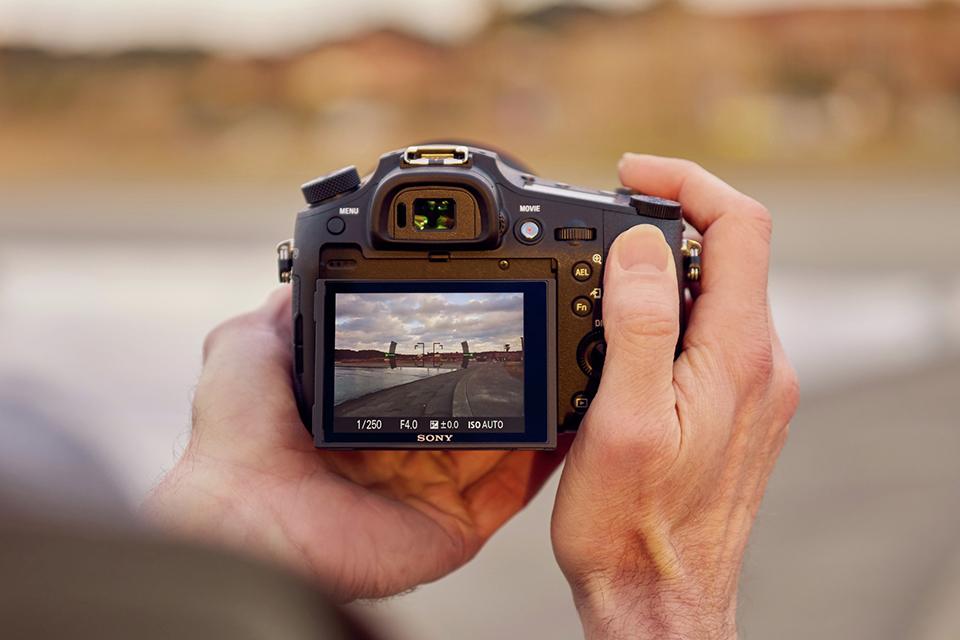Capture Life's Precious Moments: A Guide to Choosing the Perfect Camera for Your Storytelling Journey
Cameras have been capturing memories and moments for over a century. From the earliest days of film cameras to the digital age we live in today, cameras have been a constant companion in our quest to preserve the moments that matter to us. From professional photographers to amateur snap-shooters, cameras have played a crucial role in our visual storytelling.
The first camera was invented in the early 19th century by Joseph Nicéphore Niépce. This primitive camera was known as the “heliograph,” and it was the first device capable of capturing a permanent image. This early invention paved the way for the development of the modern camera, which has come a long way since its humble beginnings.
Nowadays, cameras come in all shapes and sizes, from tiny point-and-shoot cameras to massive professional-grade models. Each type of camera has its own strengths and weaknesses, and it is up to the photographer to choose the right camera for the job. For example, a professional photographer might choose a high-end digital single-lens reflex (DSLR) camera for its versatility and image quality, while a casual shooter might opt for a smaller, more portable camera that is easier to carry around.
One of the most important things to consider when choosing a camera is image quality. Cameras with high image quality produce sharp, detailed images that are free from noise and other visual artifacts. This is essential for photographers who want to capture the finest details in their photos, whether they are shooting landscapes, portraits, or anything in between.
Another important factor to consider when choosing a camera is its versatility. Some cameras are designed for specific types of photography, such as sports or action photography, while others are more general-purpose. Some cameras also have a range of interchangeable lenses, which allows the photographer to choose the lens that best suits their needs for a given shot.
Of course, image quality and versatility aren't the only factors to consider when choosing a camera. Other important considerations include ease of use, portability, and price. For example, some cameras are designed to be as simple and straightforward as possible, making them ideal for novice photographers who want to focus on taking great photos without getting bogged down in technical details.
In recent years, cameras have undergone a major shift with the advent of mirrorless cameras. Mirrorless cameras are similar to traditional DSLRs in many ways, but they differ in one key respect: they do not have a mirror inside the camera body. This makes them smaller, lighter, and more portable than traditional DSLRs. They also offer faster autofocus, longer battery life, and in some cases, a more silent shooting experience.
However, not all mirrorless cameras are created equal. Some are designed for professional photographers and offer high-end features and performance, while others are more accessible and budget-friendly, making them ideal for hobbyists and amateur photographers.
The rise of smartphone photography has also had a major impact on the camera industry. Today, most smartphones come with high-quality cameras that are capable of producing stunning images. While these cameras are not as versatile as dedicated cameras, they are incredibly convenient and are always with you when you need them. This has made it easier than ever for people to capture and share their memories and experiences with friends and family.
Smartphone photography has also made it possible for people to create and share their own personal visual stories in ways that were never possible before. Whether it's through social media, photo blogs, or personal portfolios, smartphones have made it possible for people to share their unique perspectives with the world.
Despite the many advances in camera technology, the most important factor in taking great photos is still the photographer. Whether you are using a high-end professional camera or a smartphone, it's up to you to bring your vision to life through your photos. The best camera is the one that you have with you, and that often means using the camera that you feel most comfortable and confident using.
That being said, there are a few basic tips that every photographer should keep in mind, regardless of the camera they are using. For example, always try to shoot in natural light when possible, and if you have to use a flash, try to use it sparingly and creatively. Take the time to compose your shots carefully, and think about how you want to frame your subject. Finally, don't be afraid to experiment with different techniques, such as long exposures or shooting from unique angles, to capture images that truly stand out.
cameras have come a long way since their invention over a century ago. From the earliest film cameras to the latest digital models, cameras have been an essential tool for capturing and preserving the moments that matter to us. Whether you're a professional photographer or an amateur snap-shooter, there is a camera out there that is perfect for you, and with the right techniques and creativity, you can capture stunning photos that will last a lifetime.
Labels: camera, Capture Life's Precious Moments: A Guide to Choosing the Perfect Camera for Your Storytelling Journey, Interesting, Technology


0 Comments:
Post a Comment
Subscribe to Post Comments [Atom]
<< Home